The Sanho Corporation is a small computer and office electronics business that is based in Fremont, California and was started by Singapore-born entrepreneur Daniel Chin in 2005.
Under its Hyper branding, it sells a wide range of computer and mobile device peripherals including chargers, battery packs, cables and docking stations.
Amongst its latest designs are three new docking stations, and its one of those, the HyperDrive GEN2 18-in-1 USB-C Dock, that we’ll be looking at today.
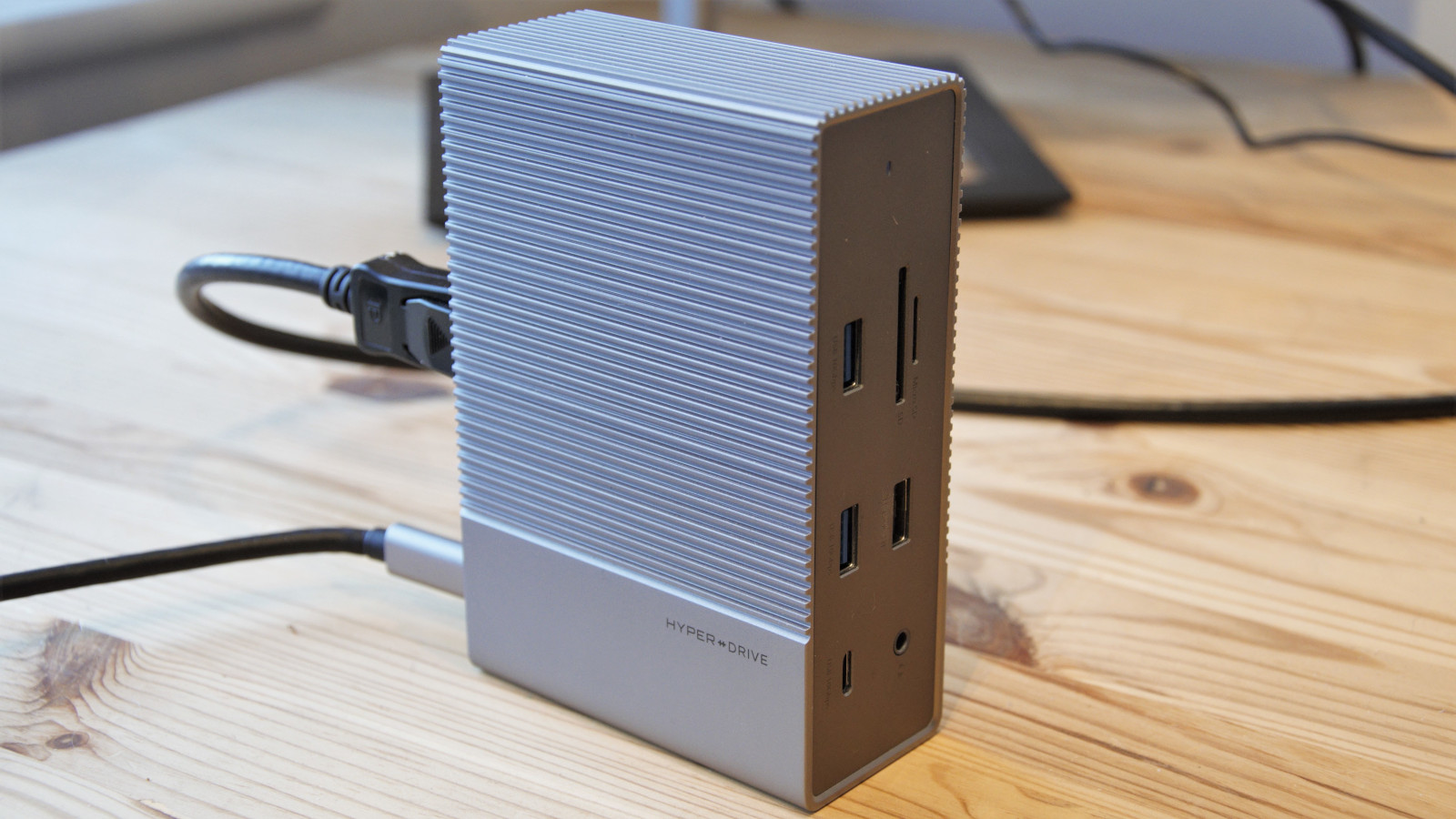
Price, availability and value
The cost of the 18-port variant is $199.99 plus shipping directly from HyperDrive now, another $50 more than the 12-port version, and double the price of the 6-port model.
But anyone purchasing it should also consider buying the 180W Power Adapter for HyperDrive GEN2 18-port ($49.99), as this dock doesn’t come with a PSU.
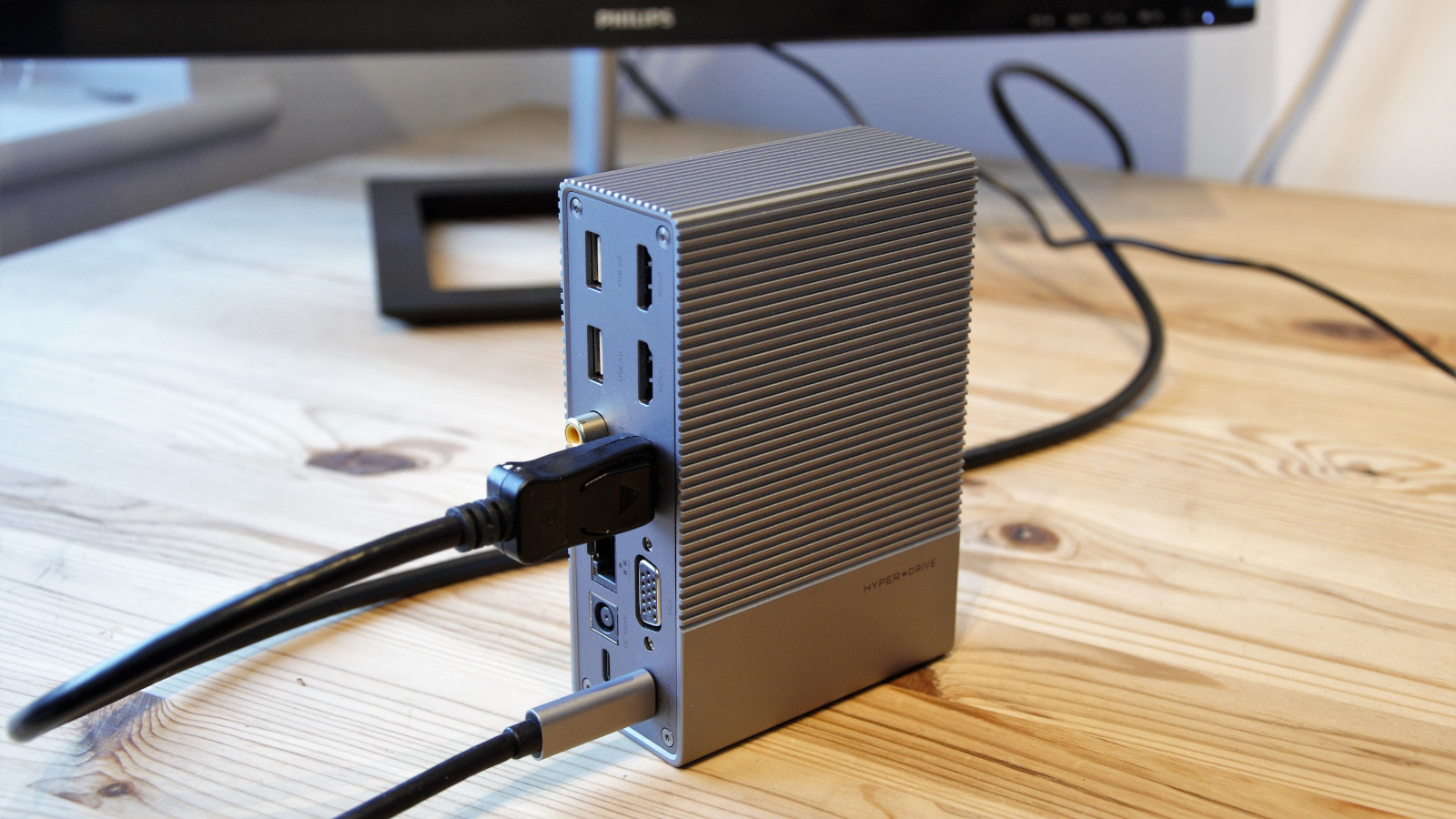
Design
According to the box art and website, this product received a Reddot Design Award.
And, we fact-checked this, and the Hyper Hub series did get an award. Commended by the Reddot Jury for, “ The matter-of-fact design with the distinctive groove profile conveys professionalism and fits well in a technical environment.”
Those grooves are the most distinctive aspect of this design as they encompass the majority of the top, bottom and sides. We suspect that the aluminium case was created as a rectangular extrusion and then the grooves were subsequently milled from that, and not out of a solid block of metal.
It feels substantial, and it also provides an effective means to cool the internal electronics, which can consume up to 9.5 watts according to the specification.
The front and rear faces are also metal, given the Hyper Hub the profile of equipment that will last in the office space almost irrespective of the abuse it receives.
What’s fascinating to us is how dock makers decide what ports go on the front of their equipment and what goes on the rear.
This design has no less than 18 ports, and with limited space to work, the designers went with a breakdown of eleven on the back and seven on the front.
The front-facing include two SD card slots, two USB 3.2 Gen 1 ports (10Gbit), a single USB-C (10Gbit), a USB QC3.0 port ( Quick Charge) and a 3.55mm headphone jack.
On the back are two USB 2.0 ports (480Mbps), a USB-C port meant to connect a USB-C power supply, another USB-C to connect the computer. We also find a LAN port (1Gbit), two HDMI ports, a single DisplayPort, VGA output, an optical Toslink and coax digital audio outs and a power inlet for the PSU.
Unlike other hubs we’ve reviewed this allocation of ports is remarkably logical.
This is the optimal layout for a laptop user that needs to connect a screen, keyboard, mouse and LAN via a single cable.
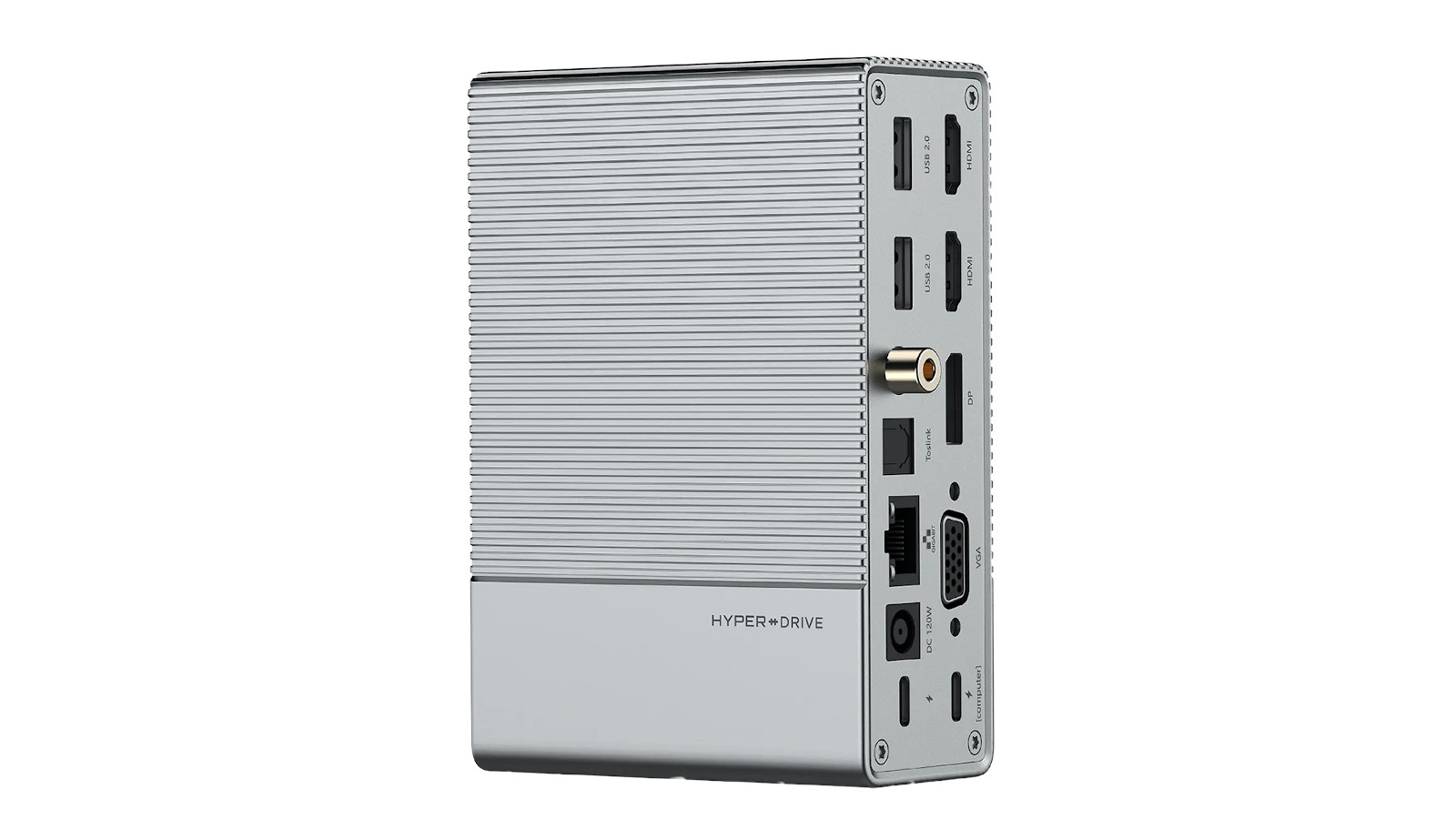
All the ports are also labelled, and often with the Gbps specification. The two USB-C ports on the back appear to have a symbol that looks a bit like a Thunderbolt logo, where this symbol is really conveying that power flows through these ports to the device.
On the front is a tiny LED that indicates the hub is powered, but it is so dim that in a well-illuminated room, it is practically impossible to see.
There is no power on/off switch, and no feet to get the grooved underside off the desk if you lie it down rather than standing it up.
The end without groves suggests the hub should be stood up, but all the port labelling is orientated for it to be prone, and the marketing material shows both orientations.
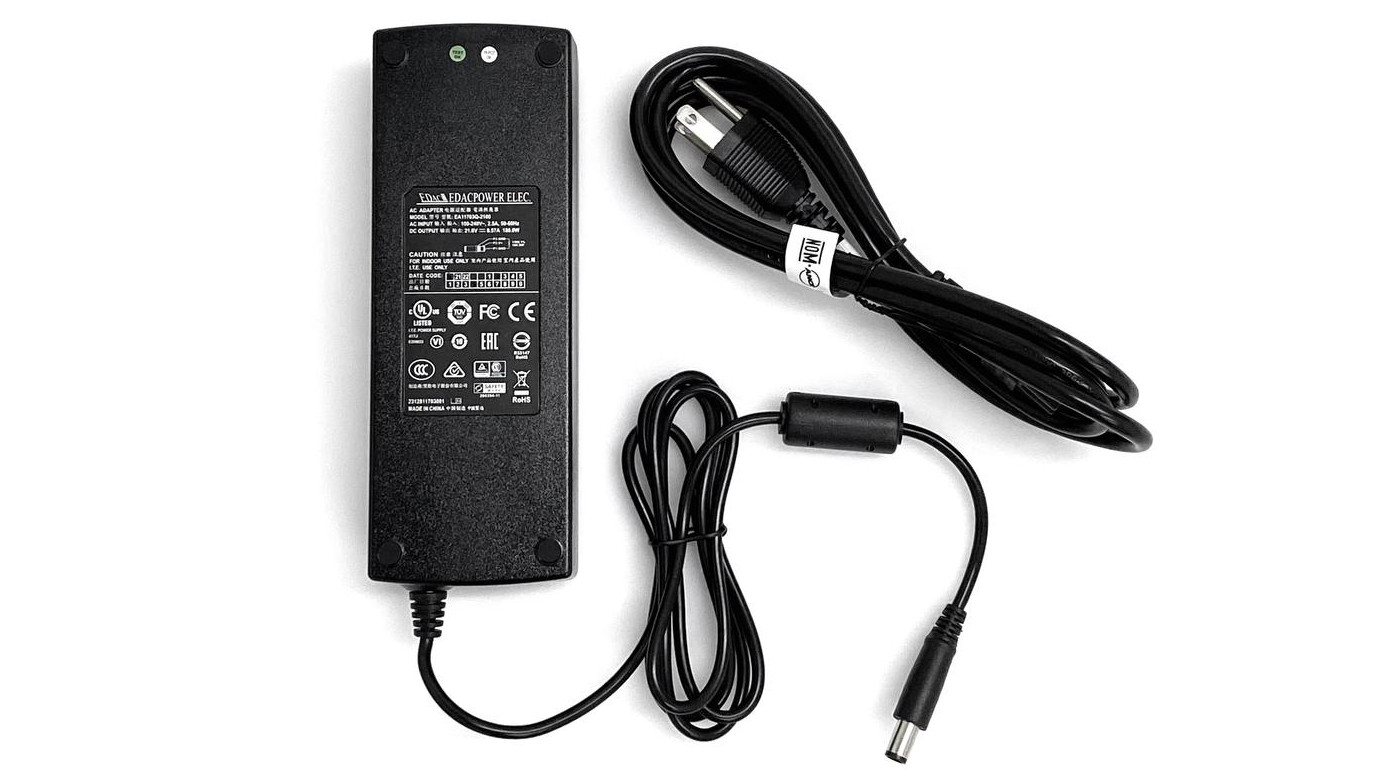
Hardware
In the box are the dock and a single USB-C cable, together with a tiny quickstart guide that requires perfect vision to read unaided.
If you just wondered about the power supply, keep wondering, because this dock doesn’t come with one.
Sanho has an impressively specified 180watt PSU made for this unit, but it’s optional, and it would like another $50 for that item.
In fairness, the HyperDrive Gen2 will work without the additional power, but instead of charging your laptop it will be draining it, and some high demand peripherals might not function.
With the PSU the dock has 100 watts to distribute, allowing for 85 watts to flow back into a connected laptop and another 15 watts to attached peripherals. We can’t imagine an owner of this product that would not want the PSU, but that’s not how it comes.
In use
The simplicity of this device does mask some genuine issues about bandwidth allocation and how users might stumble into those limitations.
This dock has two USB-A and a single USB-C that it all claims are 10Gbit, yet they all share from the same 10Gbit downlink. And, then you consider all the other bandwidth draining devices you might use, and suddenly the performance of that USB-C external drive you bought won’t be anywhere near the quoted 1,050MB/s read speed.
The only redemption is that the video part of this equation is isolated, as it has it’s own 10Gbit pathway to handle that.
But the quoted 4K at 60Hz will only work on one screen, using two 4K screen will reduce that to 30Hz.
The video function also assumes that every USB 3.2 port supports USB-C alternate mode, which they don’t. Those on desktop systems, and some laptops, can’t channel the video signal from a discrete video card through USB-C, and those that do can only do this via the integrated GPU.
Where 4K is an acceptable and practical resolution for many systems with an Nvidia or AMD GPU, it can be challenging for those with Intel integrated video, and those are mostly the ones that can use this feature.
If we can take away any conclusions about using the HyperDrive 18-in-1 it is that while it might be possible to occupy every port with a peripheral, it doesn’t mean that is a good, or practical idea.
The strength of this design is that it ticks many boxes, though it might encourage users to oversubscribe the device, by trying to fill every port.
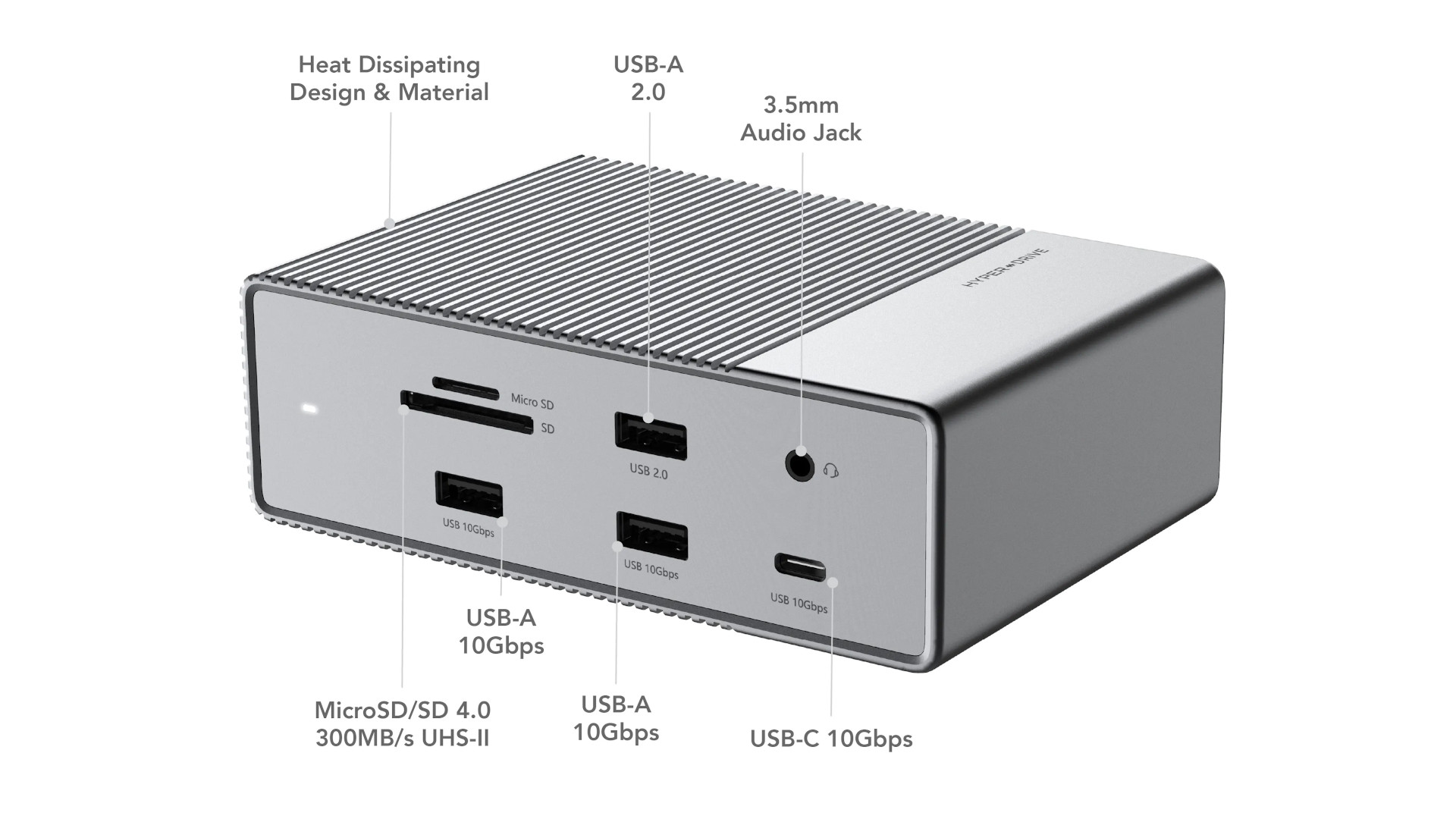
Competitors
An excellent alternative to this solution is the Belkin Thunderbolt 3 Dock Pro (£246/$296.38), as it also supports USB-C alongside Thunderbolt 3 connections.
It might cost more, but it comes with a PSU as standard, and if you progress from a USB-C ported computer to one with Thunderbolt 3, you could see some significant advantages.
Those looking for a cheaper option should consider the Plugable USB-C Triple Display Dock (£169.95, $178), as it is both Windows USB-C and Thunderbolt 3 compatible and offers triple displays and 60 watts of charging.
For those that don’t need 4K video, then Plugable also makes the UD-3900, a genuinely economical choice at just £99/$94.
If it was our money, we’d avoid those docks that are exclusively USB, as one that supports Thunderbolt might be ultimately more useful.
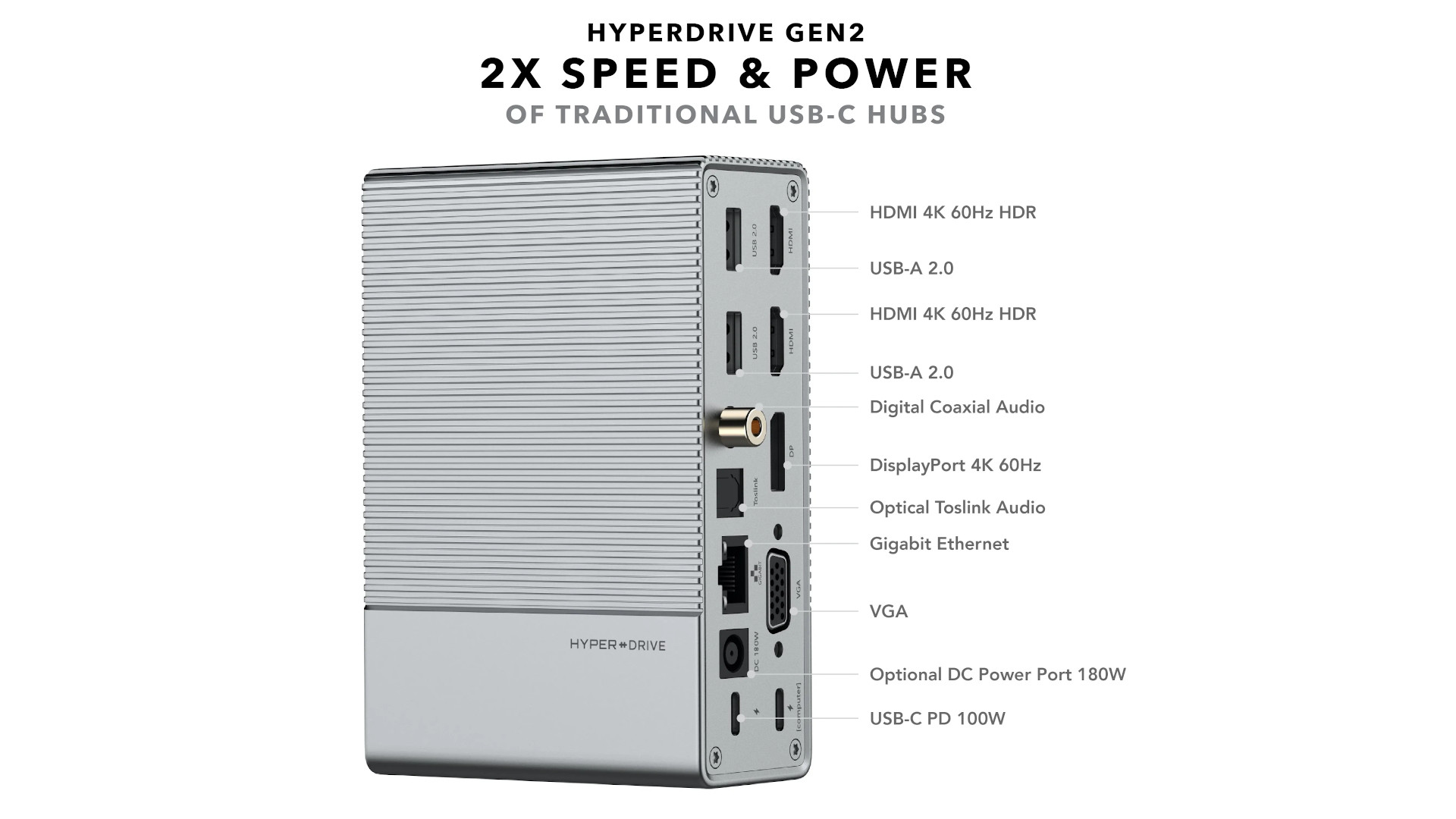
Final verdict
We have distinctly mixed feelings about this dock. It looks distinctly as if the designers tried too hard to please too many potential customers and may have lost sight of the practical application.
Compared with Thunderbolt 3 docks, USB-C based ones have a less compelling argument since they’re sharing only 10Gbit/s from the system above and not the 40Gbit/s that Thunderbolt 3 can muster.
Some of the port inclusions we admired, such as the digital audio lines and a card reader that is both full-size SD Card and Micro SD, But others, like VGA, make little sense in 2020.
But our biggest complaint is that in an attempt to undercut its competitors Sanho chose to de-bundle the PSU, an accessory most users will need.
If we bought this and then discovered the PSU isn’t’ included, and we needed to pay and wait for that to arrive, we’d be none too pleased.
On the plus side of this equation, within the practical limitations of USB-C, this is a well-made and feature-rich device that works well if you understand the boundaries of what you can reasonably do with it.
Those that can rationalise its limitations, and also order a PSU with it, have a much greater likelihood to be pleased with their purchase.
- We’ve picked out the best laptop docking stations
from TechRadar - All the latest technology news https://ift.tt/35wSJ3A


No comments:
Post a Comment